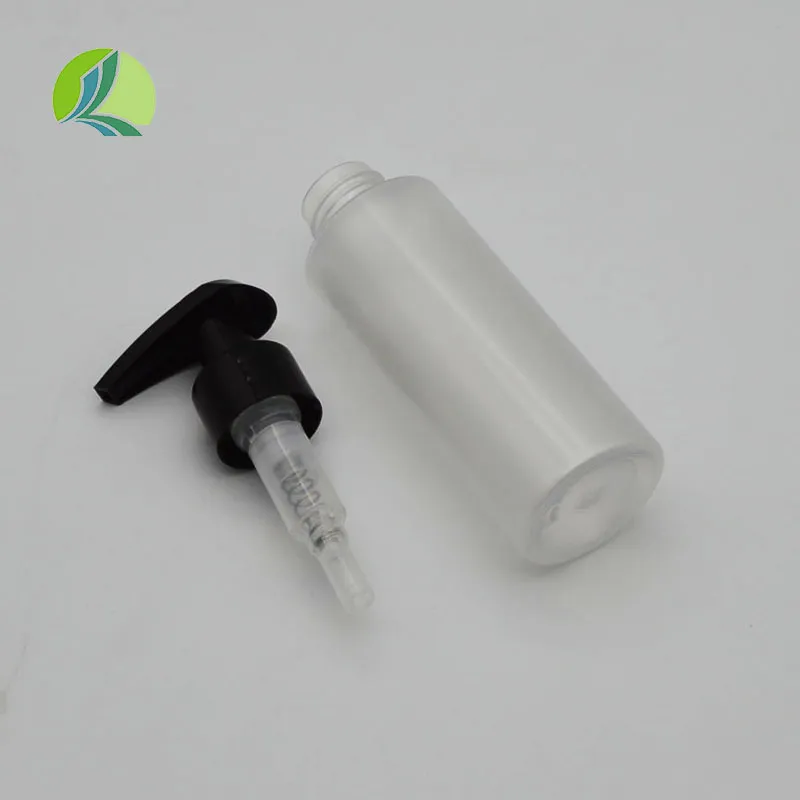https://www.wahmg.com/)">
5ml to Dropper Conversion - Accurate Measurement Guide
5ml to Dropper Conversion - Accurate Measurement Guide
Understanding Volume Measurements 5ml to Dropper
When it comes to measuring liquid volumes accurately in various settings — whether for cooking, medication administration, or scientific experiments — understanding different units of measurement is crucial. Among these units, milliliters (ml) and drops from a dropper are commonly used. In this article, we will explore the relationship between these two measurement systems, specifically focusing on converting 5 ml to drops.
First, it's important to establish a general understanding of what a milliliter is. A milliliter is a metric unit of volume equivalent to one-thousandth of a liter. It is widely used in laboratories as well as in medical and culinary applications. In everyday use, 5 ml is often a small yet significant amount, such as a teaspoon of liquid.
Now, let’s consider the dropper, which is a common tool for dispensing small volumes of liquids. The volume of a drop is not standardized and can vary depending on the liquid's viscosity, the size of the dropper, and its design. However, a general estimate is that one drop is approximately 0.05 ml. Based on this approximation, we can calculate the number of drops in 5 ml.
To convert 5 ml to drops, we can perform a simple calculation
\[ \text{Number of Drops} = \frac{5 \text{ ml}}{0
.05 \text{ ml/drop}} \]5ml to dropper

This gives us
\[ \text{Number of Drops} = 100 \text{ drops} \]
Thus, 5 ml can be roughly equated to 100 drops. This approximation is particularly useful in situations where precise measurement is not critical. However, it’s important to note that the actual number of drops may vary from one dropper to another. For instance, if the dropper dispenses larger drops for thicker liquids or has a different nozzle design, the total number may differ.
In practical applications, knowing how to convert 5 ml to drops can be beneficial. For instance, when administering liquid medications to children or following a specific recipe in cooking, measuring in drops can sometimes provide more accuracy. Access to a dropper also allows for more controlled dispensing of substances, which is especially important in precise scientific experiments.
In conclusion, understanding the conversion between milliliters and drops is an essential skill in various fields. While 5 ml corresponds to approximately 100 drops in an average context, being mindful of the specific equipment used can help achieve greater accuracy in liquid measurements. Always ensure to check the characteristics of the dropper and the liquid you are working with for the best results.
-
Wholesale Plastic Juice Bottles with Caps 16 oz Options Available Bulk Packaging SolutionsNewsJun.10,2025
-
Laboratory Apparatus Reagent Bottle – Durable & Chemical Resistant Bottles for Safe StorageNewsJun.10,2025
-
Squeezable Dropper Bottles Durable, Leak-Proof & CustomizableNewsMay.30,2025
-
Affordable Plastic Petri Plates Sterile & Disposable Lab-GradeNewsMay.30,2025
-
Eye Dropper Caps Precision 24/410 & Plastic Bottle-Compatible TipsNewsMay.30,2025
-
Affordable Mini Spray Bottle Price & Wholesale Deals Shop NowNewsMay.29,2025





















